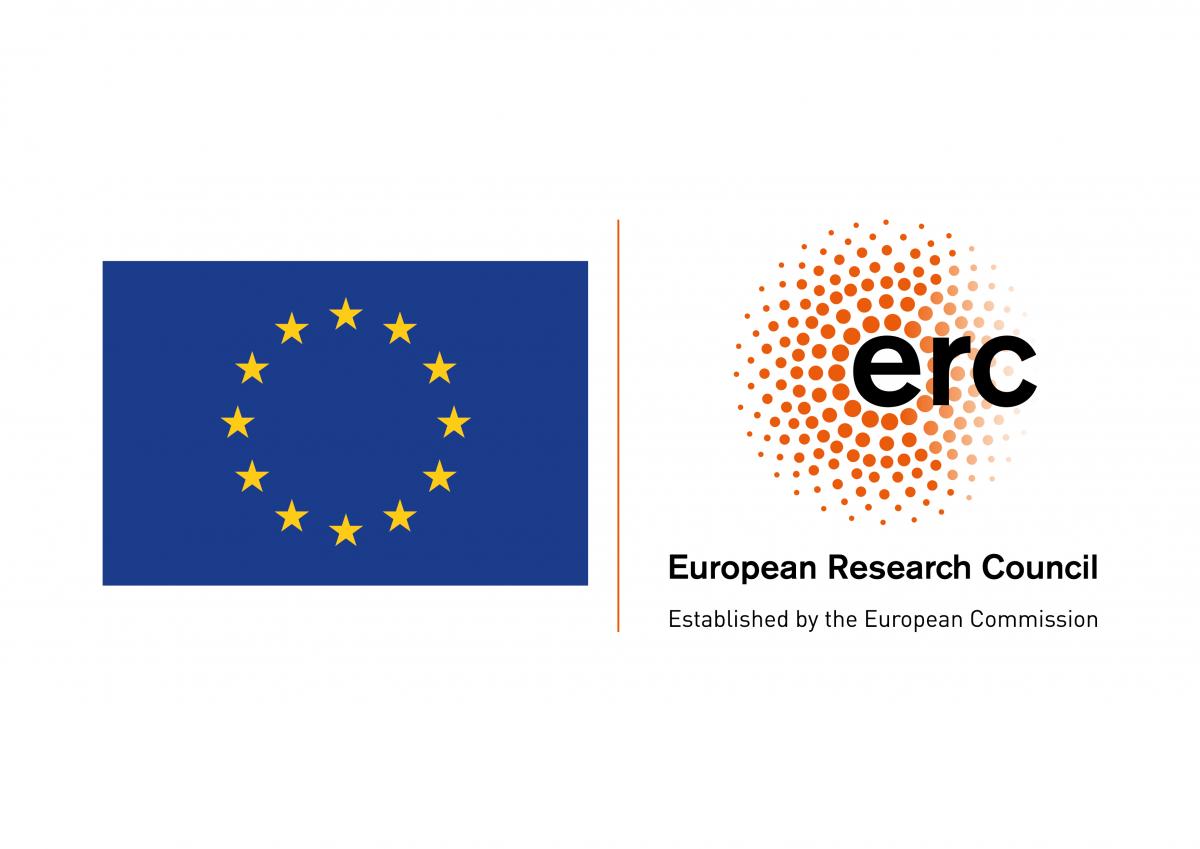The Designation of Protected Areas (PAs) is the most important policy internationally for the protection of biodiversity. At international level, approximately 15.4% of terrestrial and inland water areas and 10% of coastal waters consist of PAs. The importance of protected areas as a biodiversity conservation strategy will be further strengthened in the immediate future given that the aim is to protect at least 17 per cent of terrestrial and inland water, and 10 per cent of coastal and marine areas in the world by 2020. Designating new PAs and expanding current ones across the world will contribute to the achievement of biodiversity conservation and sustainable development targets. However, conservation policies also need to consider issues of social justice, especially for local communities living near protected natural resources. Finding a balance between biodiversity conservation targets and sustainable development goals for local communities is a major challenge. This is because the establishment of PAs implies significant impacts for local communities which, in turn, determine the level of efficiency of the protected area. The importance of social impacts is increasingly recognised in the literature as there is a need to better understand the distribution of PAs’ costs and benefits and to strike a balance between environmental protection and the social, economic and cultural implications of PAs.
Although studies measuring social impacts of PAs have significantly increased, understanding their variation, both at individual and community level, remains under-explored. Currently no framework exists explaining how perceptions of social impacts are formulated in micro and macro level and also how they change through time. The identification of specific parameters influencing these perceptions is a challenging but very important task which will assist in planning effective PAs. Theories from the fields of human ecology, environmental sociology and psychology provide significant evidence regarding micro and macro level factors which can explain perceptions of social impacts and the level of public acceptability for such initiatives.
Main objectives of FIDELIO
Theories relating to the above will form the basis for the framework developed in the project explaining and predicting perceived social impacts focusing on three key issues:
-
the variation in perceived social impacts of PAs between individuals and how these perceptions are linked with the level of public acceptability for such policies,
-
the differences in perceived social impacts taking into consideration the area where they are measured and
-
the exploration of how and why social impacts change through time
Brief description of the methodology
The project has a duration of five years and the main research objectives will be explored through the implementation of a mixed-methods approach. The empirical study will initially include in-depth semi-structured interviews and two large rounds of social surveys, in four Protected Areas in Europe. Furthermore, the framework and model of the project will be tested in at least 15 additional PAs across Europe. A unified modelling framework will be designed which will explore the impact of explanatory factors both at micro and macro levels, on social impacts using path analysis, structural equation modelling, multivariate stochastic regression modelling with the use of standard (SPSS, Amos, STATA) and more specialised statistical software (such as R, WinBUGS, INLA). We will apply a collection of cutting edge data science techniques and tools from the statistical modelling with the aim of combining different sources of variation. Among the advanced statistical modelling which will be developed in order to capture the spatial and temporal characteristics of the data are for example spatial-panel regression models, simultaneous autoregressive (SAR) models and/or conditional autoregressive (CAR) models, and related extensions, fitted using either maximum likelihood or Bayesian methods. The results of the statistical analysis regarding the spatial and temporal variation of social impacts will be combined with the results of semi- structured interviews in order to provide context and evidence for possible causality of relationships. This mixed- methods approach will allow the exploration of changes in perceived social impacts over time while taking into consideration the influence of explanatory factors both at micro and macro level.


